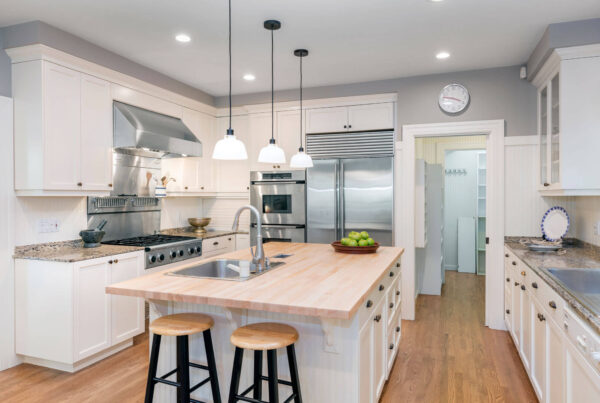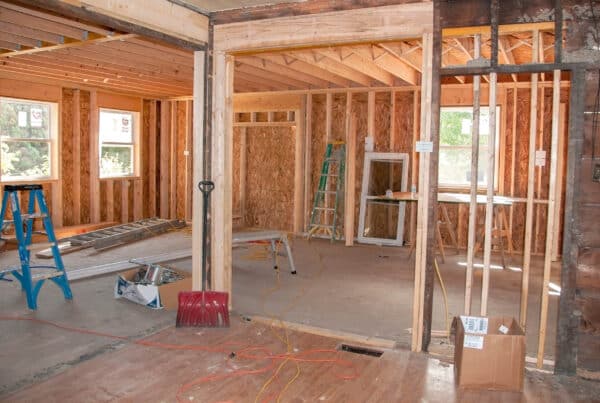Remodeling a bathroom can be an exciting journey, offering the chance to transform a functional space into a personal sanctuary. However, it involves more than choosing the latest tile design or a chic vanity set. A successful bathroom remodel requires thorough planning, understanding of spatial needs, budgeting, and attention to detail. Here’s what every homeowner should know before diving into bathroom renovation.
How Much Room Do You Need?
The scope of your bathroom remodel depends greatly on its intended use. Are you renovating a spacious master bath or a compact half bath under the stairs? Master bathrooms often require more extensive planning and budgeting due to their larger size and the complexity of their fixtures. In contrast, smaller bathrooms or powder rooms can be less costly but require innovative solutions to maximize space efficiently.
How Much Is It Going to Cost?
The cost of a bathroom remodel can vary widely based on size, materials, and labor. Consider everything from the basics like rough carpentry to the finishing touches like paint and fixtures. Remember to set aside a portion of your budget for unexpected expenses, as remodeling can often uncover unforeseen issues, especially in older homes.
How to Design for Accessibility
Accessibility should be a key consideration in your design, ensuring that your bathroom remains functional for all potential users. Consider the placement of essential items – for instance, is there a spot to reach toilet paper easily? Are the shower controls accessible for someone with limited mobility? Designing with accessibility in mind not only caters to varied needs but also adds to the resale value of your home.
What’s the hardest part about remodeling a bathroom?
Where Should You Make Niches for Toiletries
Incorporating niches for toiletries within your shower or bath area can greatly enhance storage and functionality. Think about what items you use regularly and need within reach. Properly designed niches eliminate clutter and keep essentials neatly organized and accessible.
The Right Height for Accessories
The height at which accessories are installed should cater to the users of the bathroom. For instance, if you’re particularly tall or short, you may want to adjust the standard heights for items like the showerhead or mirror. Also, consider the resale value: if you plan on selling your home in the future, try to maintain a universal appeal in these choices.
Update the Wiring
Bathroom remodels often require electrical work to update lighting, install new outlets, or improve ventilation. Ensure your wiring is up to code to support new fixtures and prevent any safety hazards. This might involve hiring a professional electrician, which should be accounted for in your budget.
Light Your Vanity Right
Proper lighting is crucial, especially around the vanity area. Aim for lighting that illuminates the face evenly, reducing shadows and glare. This might involve installing sconces at eye level or incorporating LED mirror lights for a modern and functional solution.
Skip the Wallpaper
While wallpaper can add a unique flair to your bathroom, it has become more expensive and harder to install due to the decline in skilled tradespeople. Additionally, bathrooms’ high moisture levels can lead to peeling and mold issues with wallpaper. Consider paint or tile for more durable and maintenance-friendly options.
Pick the Proper Vent
Proper ventilation is essential in preventing mold and mildew growth in your bathroom. There’s a wide range of vent options, from basic models to more advanced systems with humidity sensors and timers. Choose a vent that suits the size of your bathroom and your specific needs to ensure long-term comfort and air quality.
Pipe Insulation
In areas like Texas, where winters can unexpectedly freeze, insulating your pipes is a crucial step in your bathroom remodel. This can prevent burst pipes and costly water damage, ensuring your bathroom remains functional year-round.
Remodeling a bathroom is a significant undertaking that requires careful thought and planning. By considering the size and purpose of the space, budgeting accurately, designing for accessibility, and paying attention to details like lighting and ventilation, you can create a functional and beautiful bathroom. Remember, whether you’re tackling the project yourself or hiring professionals, preparation is the key to a successful remodel.





